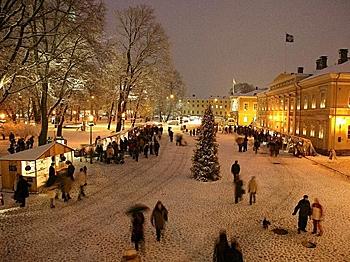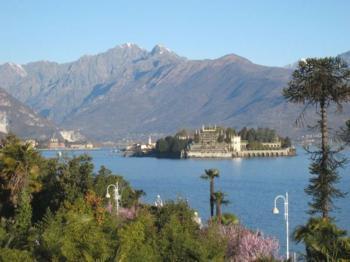The Kyffhauser Woods receive a high distinction, “Quality Foot Wandering Route in Germany.” The area is situated in Germany’s northern Thueringia. The award comes from the German Hiking Association, praising the marvelous pockets of nature, and the excellent signs along the routes.
Not a Brothers Grimm Tale
Blooming flowers cover the forest floor, while enchanting hollow trees are found spread out mysteriously.
Hainich Nature Park motto: “Let nature be nature.” The best way to experience this area is with a guide. Elke Backert/The Epoch Times
|Updated:



